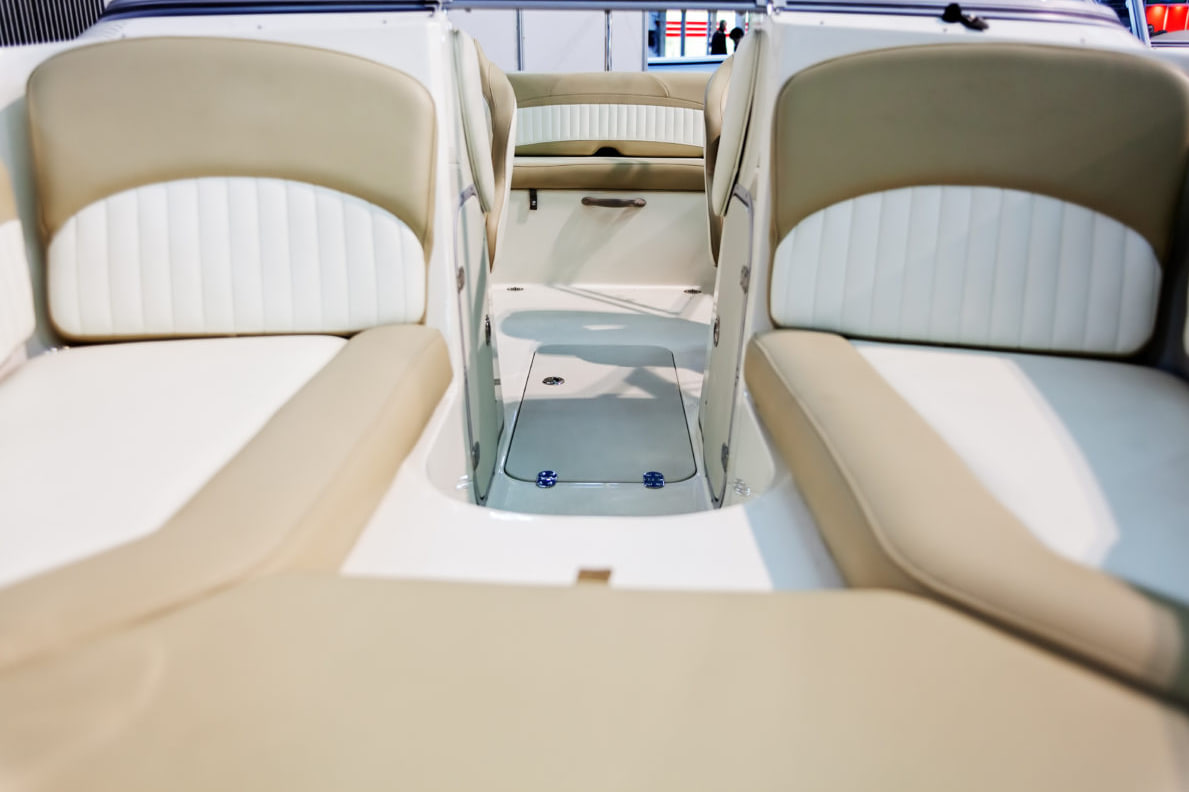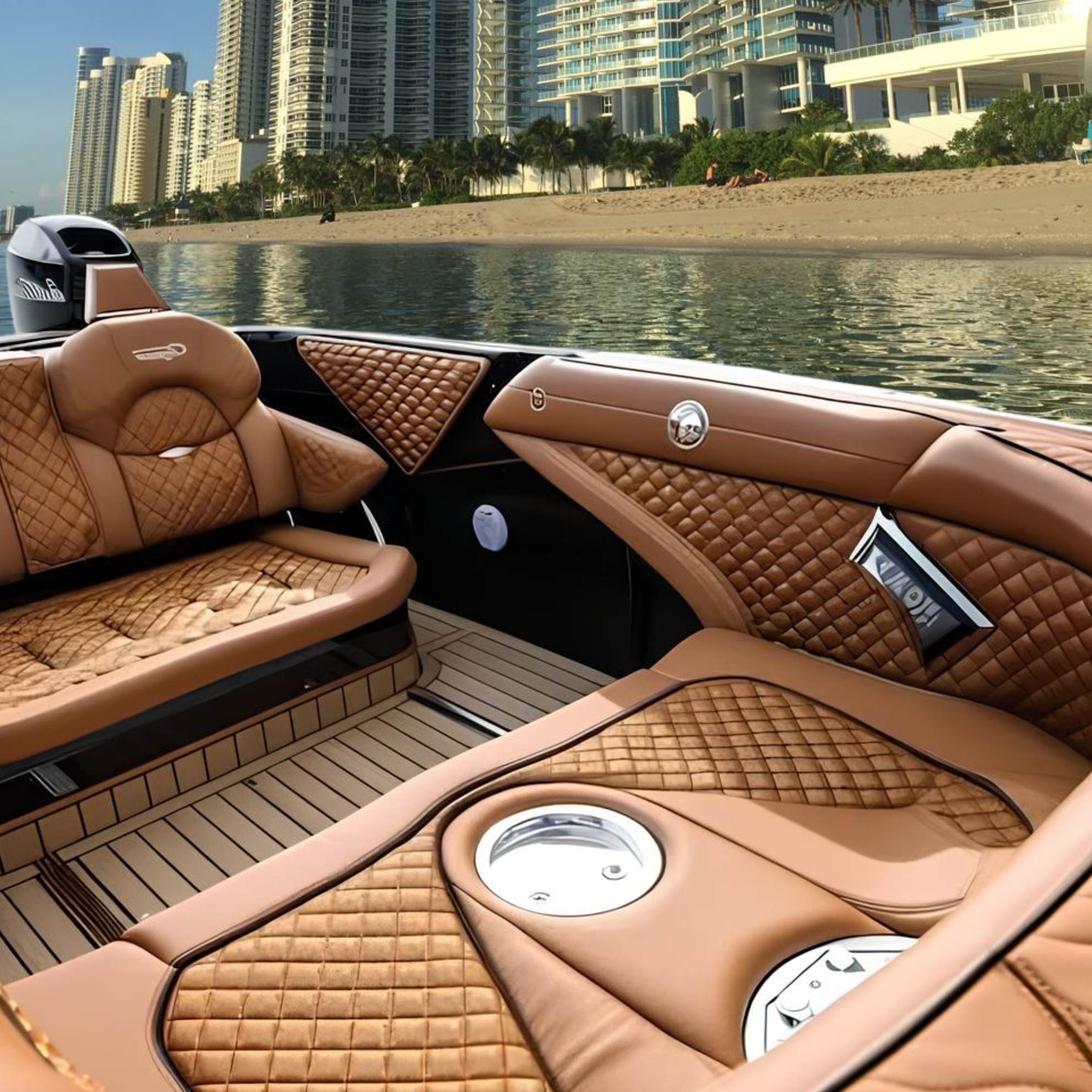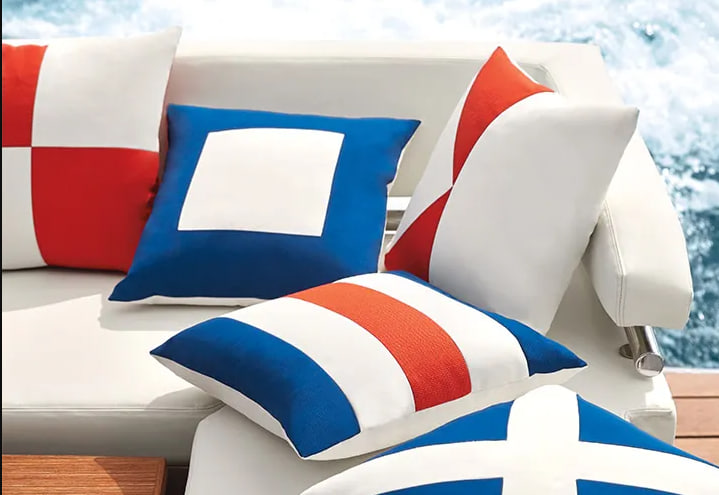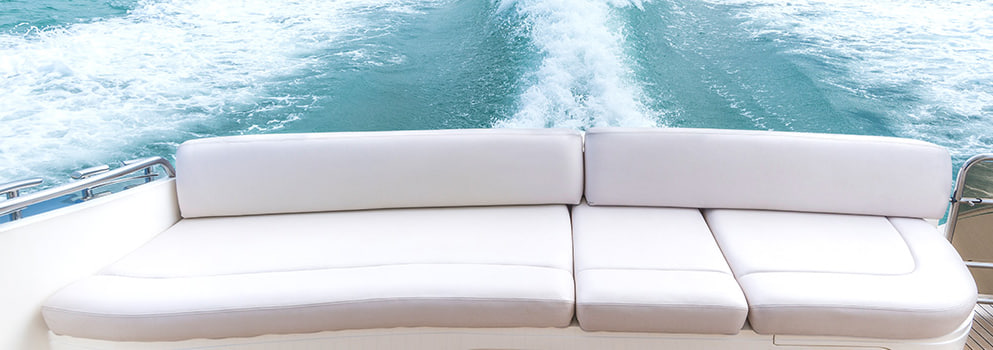Boat Seat Repair: Choosing the Right Foam and Fabric for Lasting Comfort
Boat seat repair is about more than just fixing what’s broken — it’s about restoring comfort, style, and durability to one of the most used areas of your vessel. Whether you’re reupholstering a single cushion or doing a full interior refresh, selecting the right foam and fabric is key to ensuring your repair lasts for years, not just a season. The materials you choose will directly affect how your boat looks, feels, and handles the marine environment.
Why the Right Foam Matters
The foundation of any seat is its foam. For boat seat repair, you need a foam that not only provides comfort but also holds up in tough conditions — including exposure to water, humidity, sun, and fluctuating temperatures. Ordinary upholstery foam may work well indoors, but it breaks down quickly in marine settings. That’s why marine-grade foam is essential.
Closed-cell foam is one of the most popular choices for marine seating. Unlike open-cell foam, it doesn’t absorb water, making it resistant to mold, mildew, and long-term moisture damage. It’s also firmer and more supportive, ideal for seating that needs to hold shape over time. High-density polyurethane foam is another solid option, offering comfort with improved durability and compression resistance. For luxury applications or high-end restoration projects, dry-fast foam provides excellent water drainage and quick drying, which is ideal for boats that frequently get wet.
The thickness and firmness of the foam also affect comfort. Helm seats, for example, may require firmer foam for support, while lounging areas can use softer, thicker padding. The key is to match the foam type to the intended use of the seat.
Selecting the Best Fabric for Marine Environments
Just as foam plays a functional role, fabric contributes both to aesthetics and protection. In boat seat repair, fabric must be durable, UV-resistant, water-repellent, and easy to clean. Most marine-grade upholstery uses vinyl for good reason — it’s strong, affordable, and engineered for outdoor use.
Marine vinyl is thicker than standard vinyl and often features a UV-resistant topcoat that prevents cracking and fading. It’s also resistant to mildew, saltwater, and abrasion. Some premium vinyls include textured finishes or added stretch, making them more comfortable and easier to work with during installation.
For interior or cabin applications where exposure to elements is less intense, marine-grade fabrics like solution-dyed acrylics (e.g., Sunbrella) offer excellent fade resistance and a more refined feel. These fabrics are breathable, available in a wide range of colors and patterns, and suitable for more decorative applications — such as bolsters or interior backrests.
Foam and Fabric Compatibility
A successful boat seat repair depends on how well the foam and fabric work together. The fabric must be able to stretch, tuck, and staple without tearing — especially over firm foam edges. At the same time, the foam should support the shape of the seat without pushing back too aggressively, which could stress seams or stitching over time.
Many marine upholstery professionals use a layer of polyester batting between the foam and vinyl to smooth edges and add a soft, cushioned finish. This step also reduces visible “hard lines” in the final upholstery job.
If you’re working with curves, corners, or complex seat shapes, consider fabrics that offer more flexibility or memory, and avoid extremely stiff materials unless you’re experienced in marine upholstery techniques.
Longevity and Maintenance Considerations
Choosing quality foam and fabric isn’t just about how it looks on day one — it’s about how your seats perform over time. Marine environments are unforgiving, and inferior materials will quickly show signs of wear: vinyl that cracks, foam that compresses, stitching that fails.
Always choose materials rated for outdoor or marine use. Look for UV-resistant labeling, mildew-proof finishes, and manufacturer warranties when possible. Also consider ease of cleaning — smooth vinyl is easier to maintain than textured surfaces, and darker fabrics may require less frequent spot-cleaning.
Proper care also extends the life of your boat seats. Use seat covers when not in use, clean surfaces regularly with marine-safe products, and condition vinyl with approved protectants to prevent drying and cracking.
Comfort and Durability
High-quality foam and fabric make all the difference in a successful boat seat repair. They determine how your seats feel, how they look, and how long they last — even under the stress of sun, salt, and waves. Whether you’re doing a DIY project or hiring a marine upholstery specialist, smart material choices now will pay off every time you take the boat out.





Post Comment